How Long After Tooth Extraction Can I Eat
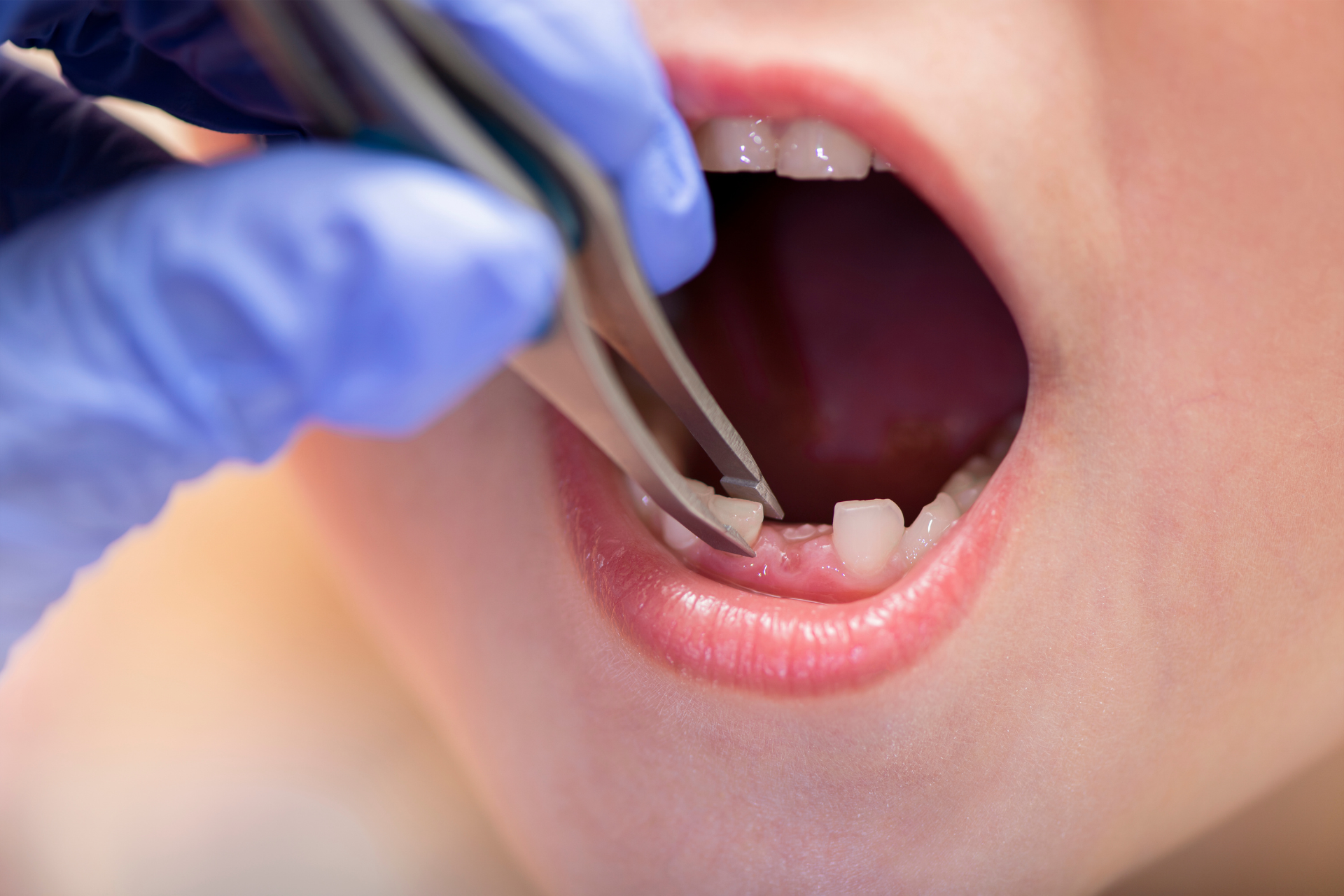
After undergoing a tooth extraction, it is important to follow proper post-extraction care to ensure a smooth and speedy recovery. One of the key aspects of recovery is knowing when you can start eating again and what foods to avoid. In this article, we will discuss the healing process after a tooth extraction, the dietary restrictions to follow, and provide some helpful tips for eating during this time.
Key Takeaways
- Follow immediate aftercare instructions provided by your dentist.
- Stick to a soft food diet for the first few days.
- Gradually transition to a regular diet as your healing progresses.
- Avoid hard and crunchy foods, spicy and acidic foods, and sticky and chewy foods.
- Practice proper chewing techniques, eat foods at a comfortable temperature, and maintain good oral hygiene.
Understanding Tooth Extraction
What is Tooth Extraction?
Tooth extraction is a common dental procedure that involves the removal of a tooth from its socket in the jawbone. It is typically performed by a dentist or oral surgeon. There are various reasons why tooth extraction may be necessary, including severe tooth decay, tooth infection, gum disease, or to create space for dental implants. The procedure is usually done under local anesthesia to minimize pain and discomfort.
Reasons for Tooth Extraction
Tooth extraction is a common dental procedure that involves the removal of a tooth from its socket in the jawbone. There are several reasons why a tooth may need to be extracted, including tooth decay, dental implants, and other dental issues. Tooth decay is one of the most common reasons for tooth extraction. When a tooth is severely decayed and cannot be restored with a filling or a crown, extraction may be necessary to prevent further damage to the surrounding teeth and gums.
Dental implants are another reason for tooth extraction. If a tooth is damaged beyond repair or is missing, a dental implant may be recommended. This involves removing the remaining tooth and replacing it with an artificial tooth root that is anchored in the jawbone. Tooth extraction is often the first step in the dental implant process.
In some cases, tooth extraction may also be necessary for orthodontic reasons. If there is not enough space in the mouth for all the teeth to properly align, extraction of one or more teeth may be required to create enough space for orthodontic treatment.
Types of Tooth Extraction
After understanding the process of tooth extraction, it's important to be aware of the different types of extractions that may be performed. The type of extraction will depend on various factors such as the condition of the tooth, the position of the tooth, and the reason for extraction.
- Simple Extraction: This type of extraction is performed on teeth that are visible in the mouth and can be easily accessed by the dentist. The tooth is loosened using an instrument called an elevator and then removed using forceps.
- Surgical Extraction: In cases where the tooth is not easily accessible or has not fully erupted, a surgical extraction may be necessary. This procedure involves making a small incision in the gum to access the tooth. It may also involve removing bone around the tooth or dividing the tooth into sections for easier removal.
- Wisdom Tooth Extraction: Wisdom teeth, also known as third molars, often require extraction due to various reasons such as impaction, overcrowding, or the potential for future problems. Wisdom tooth extraction may involve a simple or surgical extraction depending on the position and condition of the tooth.
It is important to consult with your dentist or oral surgeon to determine the most appropriate type of extraction for your specific situation. They will evaluate your oral health and provide personalized recommendations based on factors such as the complexity of the extraction, the need for sedation, and the potential for complications. Remember, proper tooth extraction is crucial for maintaining oral health and preventing issues such as dental implants and tooth decay.
Post-Extraction Care
Immediate Aftercare
After a tooth extraction, it is crucial to follow proper post-extraction care to ensure a smooth recovery and minimize the risk of complications. This includes taking care of the extraction site, managing pain and discomfort, and adhering to dietary restrictions.
To promote healing and prevent infection, it is important to keep the extraction site clean. Gently rinse your mouth with warm saltwater solution multiple times a day, starting the day after the extraction. Avoid using mouthwash or brushing the extraction site for the first 24 hours.
Managing pain and discomfort is an essential part of the immediate aftercare process. Your dentist may prescribe pain medication or recommend over-the-counter pain relievers. Applying an ice pack to the affected area for 10-15 minutes at a time can also help reduce swelling and alleviate pain.
During the initial healing period, it is important to follow dietary restrictions. Stick to a soft food diet for the first few days, including foods like mashed potatoes, yogurt, and soup. Avoid hot, spicy, and acidic foods, as they can irritate the extraction site.
Here are some tips for a smooth recovery after tooth extraction:
- Avoid using a straw, as the suction can dislodge the blood clot and delay healing.
- Do not smoke or use tobacco products, as they can hinder the healing process.
- Maintain good oral hygiene by gently brushing your teeth and tongue, avoiding the extraction site.
Remember, proper immediate aftercare is crucial for a successful recovery after a tooth extraction. If you experience severe pain, excessive bleeding, or any other concerns, contact your dentist immediately.
Dietary Restrictions
After a tooth extraction procedure, it is important to follow certain dietary restrictions to promote proper healing and minimize the risk of complications. Tooth extraction is a common dental procedure that involves the removal of a tooth from its socket in the jawbone. It is often performed due to various reasons such as severe tooth decay, dental implants, or to create space for orthodontic treatment.
During the initial stages of healing, it is recommended to stick to a soft food diet to avoid any strain on the extraction site. Soft foods such as mashed potatoes, yogurt, and soups are easier to chew and swallow, reducing the risk of dislodging the blood clot that forms in the socket.
As the healing process progresses, you can gradually transition to a regular diet. However, it is important to avoid certain types of foods that can irritate the extraction site or cause discomfort. Here are some foods to avoid after tooth extraction:
- Hard and crunchy foods: These can put pressure on the extraction site and delay the healing process.
- Spicy and acidic foods: These can cause irritation and discomfort.
- Sticky and chewy foods: These can get stuck in the extraction site and increase the risk of infection.
Tip: It is important to maintain good oral hygiene during the healing process. Gently brush your teeth, avoiding the extraction site, and rinse your mouth with a saltwater solution to keep the area clean and reduce the risk of infection.
Managing Pain and Discomfort
After a tooth extraction, it is common to experience some pain and discomfort. This is a normal part of the healing process and can be managed with proper care. Tooth extraction involves the removal of a tooth from its socket in the jawbone. It is often necessary due to various reasons such as dental implants, severe tooth decay, or overcrowding. The procedure can cause some discomfort, but there are steps you can take to alleviate the pain.
One important aspect of managing pain and discomfort after tooth extraction is following the post-extraction care instructions provided by your dentist. These instructions may include taking pain medication as prescribed, applying ice packs to reduce swelling, and avoiding strenuous activities. It is also important to maintain good oral hygiene by gently brushing your teeth and rinsing your mouth with a saltwater solution.
In addition to following the post-extraction care instructions, there are some dietary restrictions that can help minimize pain and discomfort. It is recommended to stick to a soft food diet for the first few days after the extraction. Soft foods such as mashed potatoes, yogurt, and soup are easier to chew and less likely to irritate the extraction site. Gradually, you can start introducing solid foods back into your diet, but it is important to avoid hard and crunchy foods that can put pressure on the extraction site.
To further alleviate pain and discomfort, it is important to manage your eating habits. Chewing techniques can make a difference in how much pain you experience. Avoid chewing directly on the extraction site and instead chew on the opposite side of your mouth. This can help reduce pressure on the extraction site and minimize discomfort. Additionally, consider the temperature of the foods you consume. Avoid extremely hot or cold foods as they can cause sensitivity and discomfort. Opt for lukewarm or room temperature foods instead.
Staying hydrated is crucial for the healing process. Drinking plenty of water can help flush out any bacteria and promote healing. It is also important to maintain good oral hygiene by gently brushing your teeth and rinsing your mouth with a saltwater solution. This can help prevent infection and promote healing.
Managing pain and discomfort after tooth extraction is an important part of the healing process. By following the post-extraction care instructions, sticking to a soft food diet, practicing proper chewing techniques, considering the temperature of foods, and staying hydrated, you can minimize pain and discomfort and promote a faster recovery.
When Can I Start Eating?
Healing Process
After a tooth extraction, it is important to understand the healing process to ensure proper recovery. The healing process can vary from person to person, but on average, it takes about 7 to 10 days for the extraction site to fully heal. During this time, the body forms a blood clot in the socket where the tooth was removed, which helps protect the underlying bone and tissues.
To promote healing, it is crucial to follow the post-extraction care instructions provided by your dentist. This includes keeping the extraction site clean by gently rinsing with warm saltwater and avoiding vigorous rinsing or spitting. Dental implants may require additional care and a longer healing period.
During the healing process, it is important to avoid certain activities and foods that can interfere with the healing or cause complications. Here are some important guidelines to follow:
- Avoid using a straw, as the suction can dislodge the blood clot and delay healing.
- Do not smoke or use tobacco products, as they can impair the healing process.
- Be cautious when brushing near the extraction site to avoid irritation.
It is also important to note that the healing process can be affected by various factors, such as the complexity of the extraction, overall health, and any underlying conditions like tooth decay. If you experience excessive pain, swelling, or prolonged bleeding, it is important to contact your dentist for further evaluation and guidance.
Remember, proper healing is essential for a successful recovery after a tooth extraction.
Soft Food Diet
After a tooth extraction, it is important to follow a soft food diet to aid in the healing process. Soft foods are easier to chew and less likely to cause irritation or discomfort to the extraction site. Here are some examples of soft foods that you can include in your diet:
- Soups: Warm and comforting, soups are a great option for a soft food diet. Opt for smooth and creamy soups without any chunks or hard ingredients.
- Mashed Potatoes: Mashed potatoes are soft and easy to eat. They can be flavored with butter or gravy for added taste.
- Yogurt: Yogurt is not only soft but also provides beneficial probiotics for oral health.
It is important to avoid hard and crunchy foods during this time as they can potentially damage the extraction site or cause discomfort. Additionally, spicy and acidic foods should be avoided as they may irritate the area and delay the healing process. Sticky and chewy foods should also be avoided as they can get stuck in the extraction site and increase the risk of infection.
Remember to consult with your dentist or oral surgeon for specific dietary recommendations based on your individual case. They can provide guidance on when to transition to a regular diet and when to consider options like dental implants to replace the extracted tooth and prevent issues such as tooth decay in the future.
Transitioning to Regular Diet
After the initial healing period, which typically takes about 1-2 weeks, you can start transitioning to a regular diet. However, it's important to continue practicing caution and being mindful of your oral health. Here are some tips to help you navigate this phase:
- Gradually introduce solid foods: Start by incorporating soft, easily chewable foods into your diet, such as cooked vegetables, pasta, and tender meats. Slowly reintroduce harder foods as your mouth continues to heal.
- Avoid chewing on the extraction site: Even though the extraction site may feel better, it's still healing underneath the surface. Avoid chewing directly on the area to prevent any complications.
- Maintain good oral hygiene: Brush your teeth gently and avoid the extraction site while it's healing. Rinse your mouth with a saltwater solution or an antimicrobial mouthwash to keep the area clean and reduce the risk of infection.
- Monitor for any discomfort or complications: If you experience any pain, swelling, or other concerning symptoms, contact your dentist or oral surgeon for further guidance.
Remember, each person's healing process may vary, so it's important to follow the specific instructions provided by your dental professional. By gradually reintroducing solid foods and maintaining good oral hygiene, you can support the healing process and minimize the risk of complications such as tooth decay or infection.
Foods to Avoid
Hard and Crunchy Foods
After a tooth extraction, it is important to avoid hard and crunchy foods that can potentially damage the healing socket. These types of foods include nuts, chips, and hard candies. Tooth extraction is a common dental procedure that involves removing a tooth from its socket in the jawbone. It is often done to address issues such as tooth decay or to prepare for dental implants.
During the healing process, the socket where the tooth was extracted undergoes a series of changes to promote proper healing. Consuming hard and crunchy foods too soon can disrupt this process and increase the risk of complications.
To ensure a smooth recovery, it is recommended to stick to a soft food diet for the first few days after the extraction. This includes foods like mashed potatoes, yogurt, and soup. Gradually, as the healing progresses, you can start transitioning to a regular diet, but it is still important to avoid hard and crunchy foods until fully healed.
Remember to follow your dentist's instructions and consult with them if you have any concerns or questions.
Spicy and Acidic Foods
After tooth extraction, it is important to avoid consuming spicy and acidic foods. These types of foods can irritate the extraction site and cause discomfort. Spicy foods, such as hot peppers and spicy sauces, can also increase the risk of inflammation and infection. Acidic foods, like citrus fruits and tomatoes, can be acidic and may cause a stinging sensation or discomfort when they come into contact with the extraction site. It is best to avoid these foods until the extraction site has fully healed.
Tooth extraction is a common dental procedure that involves removing a tooth from its socket. It is often necessary due to reasons such as tooth decay, dental trauma, or the need for dental implants. After tooth extraction, it is important to follow proper post-extraction care to promote healing and prevent complications.
Here are some tips for managing the diet after tooth extraction:
- Stick to a soft food diet for the first few days, including foods like mashed potatoes, yogurt, and smoothies.
- Gradually transition to a regular diet by introducing softer solid foods like cooked vegetables and pasta.
- Avoid hard and crunchy foods that can put pressure on the extraction site.
- Maintain good oral hygiene by gently brushing your teeth and rinsing with a saltwater solution.
Remember, following a proper diet and taking care of the extraction site can help ensure a smooth recovery after tooth extraction.
Sticky and Chewy Foods
After a tooth extraction, it is important to avoid sticky and chewy foods as they can be difficult to chew and may get stuck in the extraction site. These types of foods can increase the risk of infection and delay the healing process. Tooth extraction is a common dental procedure that involves removing a tooth from its socket. It is often necessary due to tooth decay, dental implants, or other dental issues.
To ensure proper healing and minimize discomfort, it is recommended to follow a soft food diet for the first few days after the extraction. This includes foods such as mashed potatoes, yogurt, smoothies, and soups. These foods are easier to chew and swallow, reducing the strain on the extraction site.
Here are some tips for eating after a tooth extraction:
- Take small bites and chew slowly to avoid putting too much pressure on the extraction site.
- Avoid hot or cold foods as they can cause sensitivity or discomfort.
- Stay hydrated by drinking plenty of water, but avoid using a straw as it can dislodge the blood clot.
Remember, it is important to follow your dentist's instructions and gradually transition to a regular diet as the extraction site heals. If you have any concerns or questions, don't hesitate to reach out to your dentist for guidance.
Tips for Eating After Tooth Extraction
Chewing Techniques
After a tooth extraction, it is important to be mindful of your chewing techniques to avoid any complications or discomfort. Chewing on the side opposite to the extraction site can help prevent any pressure on the healing area. Additionally, it is recommended to chew slowly and carefully to avoid biting down too hard or accidentally injuring the extraction site.
To ensure proper healing and minimize the risk of complications such as infection or dry socket, it is best to avoid chewing on hard or crunchy foods for the first few days after the extraction. Instead, opt for soft and easily chewable foods that are gentle on the extraction site.
Here are some tips for chewing after tooth extraction:
- Take small bites and chew slowly
- Avoid using the extraction site for chewing
- Cut food into smaller pieces if necessary
- Be mindful of the temperature of the food to avoid sensitivity
Remember, proper chewing techniques can contribute to a smooth recovery process and help prevent any further dental issues such as tooth decay or the need for dental implants.
Temperature of Foods
After a tooth extraction, it is important to be mindful of the temperature of the foods you consume. Hot and cold foods can both have an impact on the healing process and your comfort level. Hot foods can increase blood flow to the extraction site, potentially causing more bleeding and discomfort. On the other hand, cold foods can numb the area and provide temporary relief from pain and swelling.
To ensure a smooth recovery, it is recommended to consume foods at a moderate temperature. This means avoiding extremely hot or cold foods and opting for lukewarm or room temperature options. This will help minimize any potential complications and promote healing.
Here are some tips for managing the temperature of foods after a tooth extraction:
- Avoid consuming foods that are too hot or too cold.
- Allow hot foods to cool down slightly before eating.
- Opt for lukewarm or room temperature foods.
- Use a straw to drink cold beverages without direct contact with the extraction site.
Remember, maintaining an appropriate temperature of foods can contribute to a smoother recovery process and reduce the risk of complications such as infection, dental implants failure, and tooth decay.
Hydration and Oral Hygiene
Proper hydration and good oral hygiene are crucial during the recovery period after tooth extraction. Staying hydrated helps promote healing and prevents complications such as dry socket. It is recommended to drink plenty of water throughout the day.
Maintaining good oral hygiene is essential to prevent tooth decay and maintain overall oral health. However, it is important to be gentle when brushing near the extraction site to avoid disturbing the healing process. Using a soft-bristled toothbrush and gently rinsing with an antimicrobial mouthwash can help keep the area clean.
Here are some tips to ensure proper hydration and oral hygiene during the recovery period:
- Drink plenty of water throughout the day to stay hydrated.
- Avoid using a straw as the suction can dislodge the blood clot and delay healing.
- Brush your teeth gently, avoiding the extraction site, using a soft-bristled toothbrush.
- Rinse your mouth with an antimicrobial mouthwash to help prevent infection.
Remember, following these guidelines for hydration and oral hygiene can contribute to a smooth recovery after tooth extraction.
Conclusion
In conclusion, it is important to follow proper post-extraction care to ensure a smooth healing process. Understanding the tooth extraction procedure, dietary restrictions, and managing pain and discomfort are crucial for a successful recovery. While it is natural to wonder when you can start eating after a tooth extraction, it is recommended to stick to a soft food diet initially and gradually transition to a regular diet. It is also important to avoid certain foods that can hinder the healing process. By following these tips and techniques, you can ensure a comfortable and speedy recovery after tooth extraction.
Frequently Asked Questions
-
How long after tooth extraction can I eat?
It is generally recommended to wait until the numbness from the anesthesia wears off before attempting to eat. This usually takes a few hours.
-
What can I eat immediately after tooth extraction?
After tooth extraction, it is best to stick to soft foods that require minimal chewing, such as soups, smoothies, yogurt, and mashed potatoes.
-
When can I start eating solid foods after tooth extraction?
You can start introducing solid foods back into your diet after the first few days of healing. However, it is important to start with soft, easily chewable foods and gradually progress to harder foods.
-
Can I eat hot foods after tooth extraction?
It is best to avoid hot foods and drinks immediately after tooth extraction, as they can increase bleeding and prolong the healing process. Stick to lukewarm or cold foods and drinks.
-
Are there any foods I should avoid after tooth extraction?
Yes, it is important to avoid hard and crunchy foods, spicy and acidic foods, as well as sticky and chewy foods, as they can irritate the extraction site and cause discomfort or delay healing.
-
How long should I follow a soft food diet after tooth extraction?
It is generally recommended to follow a soft food diet for the first week after tooth extraction. However, the exact duration may vary depending on the individual and the complexity of the extraction.
-
Can I drink through a straw after tooth extraction?
It is best to avoid using a straw for the first few days after tooth extraction, as the suction can dislodge the blood clot and lead to a condition called dry socket. Drink directly from a cup or glass instead.
-
How can I manage pain and discomfort after tooth extraction?
To manage pain and discomfort after tooth extraction, you can take over-the-counter pain relievers as directed by your dentist, apply a cold compress to the outside of your cheek, and follow the post-extraction care instructions provided by your dentist.
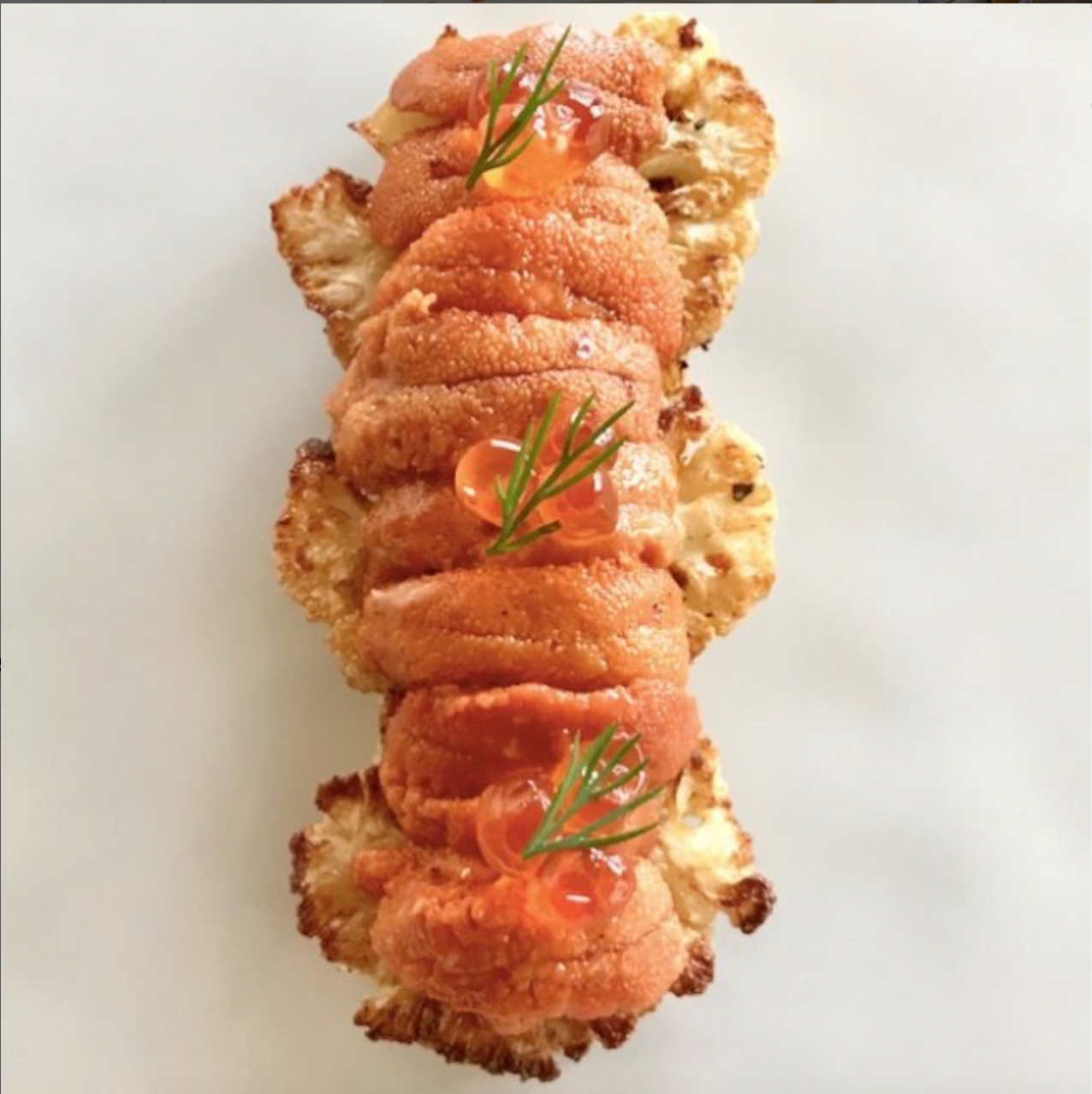
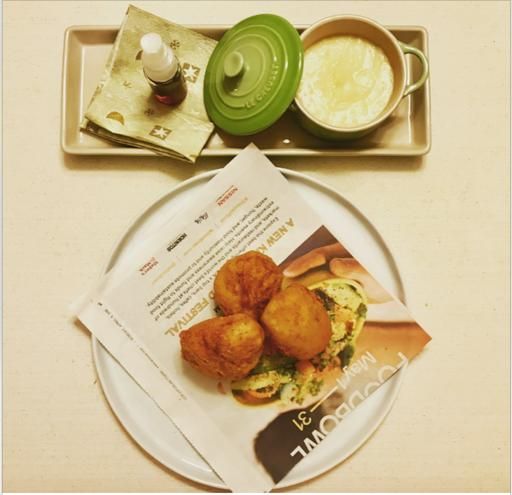

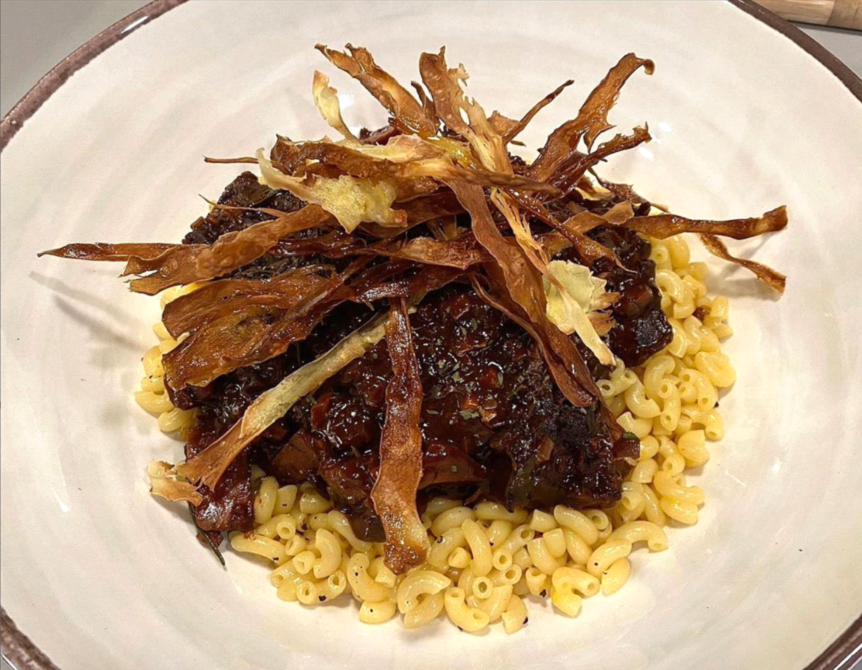
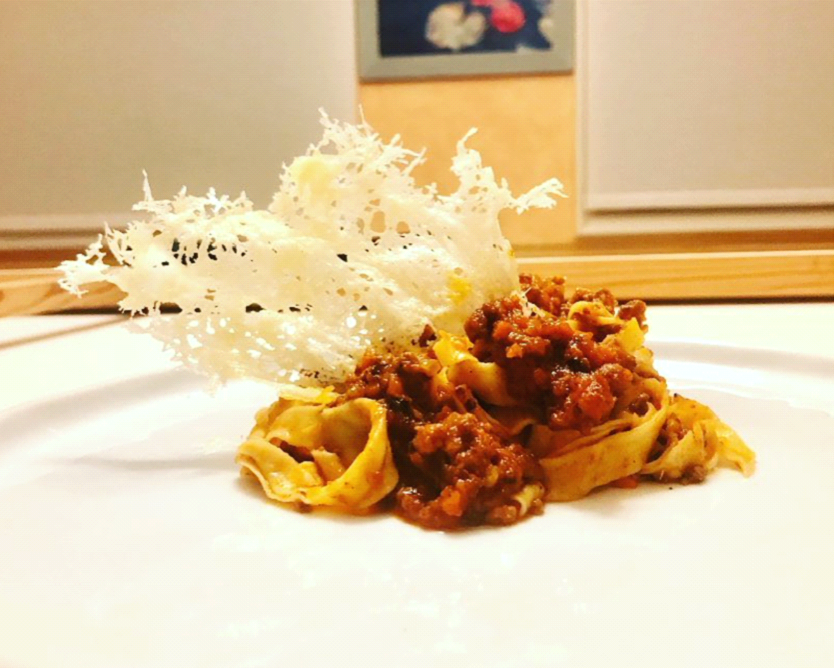
Hours & Address
MONDAY: CLOSED
TUESDAY: 8 AM - 5 PM
WEDNESDAY: 8 AM - 5 PM
THURSDAY: 8 AM - 5 PM
FRIDAY: 8 AM - 3 PM
Navigation Links
© 2024 Dr. Chan Dentistry || All Rights Reserved | Sitemap


